Verdict:
- My Overall Rating: 84%
- Global Ranking: Listed seventh amongst Historical Landmarks to See Before You Die (I have seen 32 of the top 50)
- Why it should be visited: History, Spiritual place
- Negatives: Traffic, Crowds
- Would I return?: Yes, in a heartbeat. Bear in mind that there are many other stone circles through which have fewer crowds
Location and Orientation
Stonehenge is probably one of the most famous stone monuments in the world. It sits on a chalky plain north of the Salisbury, England about 88 miles south-west of London.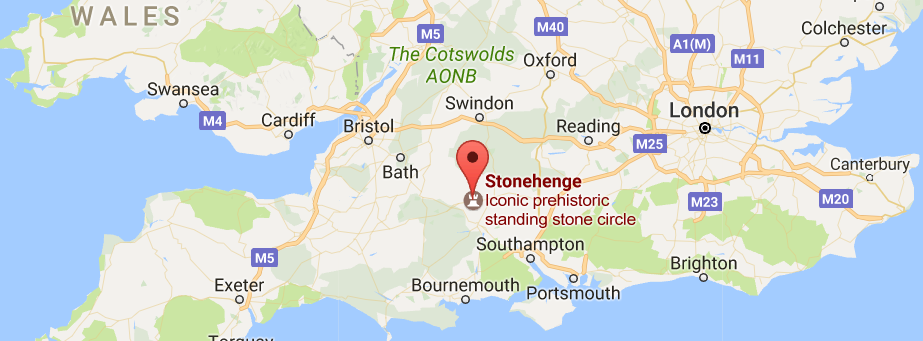
Archaeologists and historians believe that the site has used for over 10,000 years and “Stonehenge” itself was built between 5,000 and 4,000 years ago.
Getting there and getting Around
You can drive the two and a half hours from London to the site and park there. There is also an option of taking the train to Salisbury train station and then take The Stonehenge Tour bus which also includes Salisbury Cathedral. The bus by itself is fifteen pounds for an adult or you can combine it with an entry to the Stonehenge site for £29. Entry to the site is £16.50 so that is a small saving.
A bigger saving to consider is that if you are a member of English Heritage which anyone can join for £54 pounds for a year for an adult or £96 pounds for a couple. If you are planning on visiting three or more English heritage sites on a UK visit, then an English Heritage pass is usually well worth it. Membership gives you free parking at Stonehenge saving you another £5!

Tickets are timed, in thirty-minute time slots – this is the time in which you report to the ticket desk at the entrance to Stonehenge. There is a shuttle from the Visitor centre to the stones which takes about five minutes. Personally, I would walk up and shuttle back.
During normal opening hours, you cannot enter the site nor walk up to the stones themselves. The viewing area is ten metres from the stones. While I was there, a guy jumped over the barrier and began running for the stones. He was tackled.
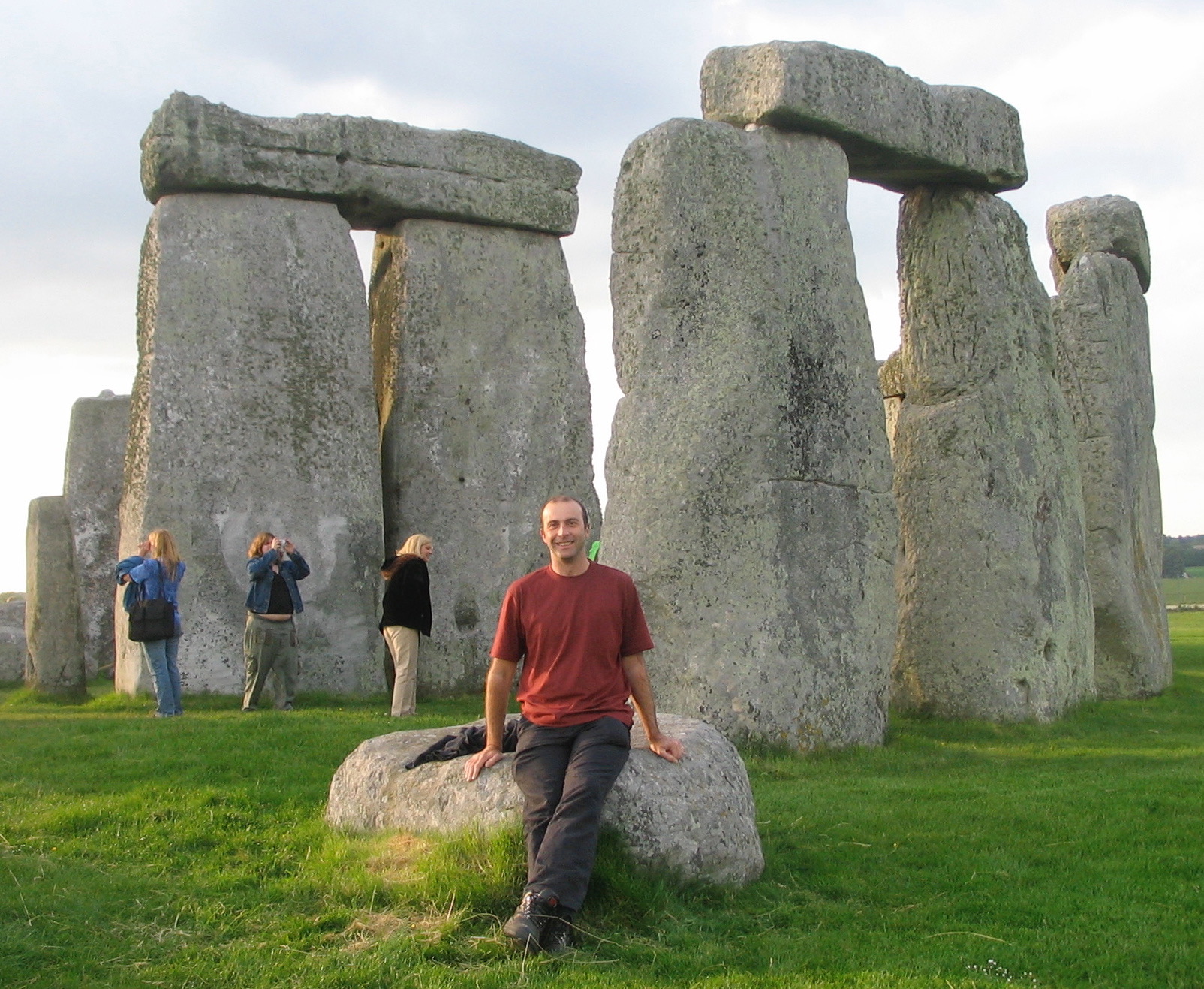
It is possible to walk up to and among the stones at Stonehenge outside public opening hours in a Stone Circle Access visit which are held at dawn and dusk. Only 30 people are allowed in and unlike when I first went, you cannot touch the stones. Stone Circle access is priced at £35 for adults (16+) and £21 for children aged 5-15. You have to book months ahead so do it now if you are planning to go. There are also tour companies that arrange tours which include special access.
Personally, the experience of being amongst the stones at sunset is worth every penny.

Exploring the Site
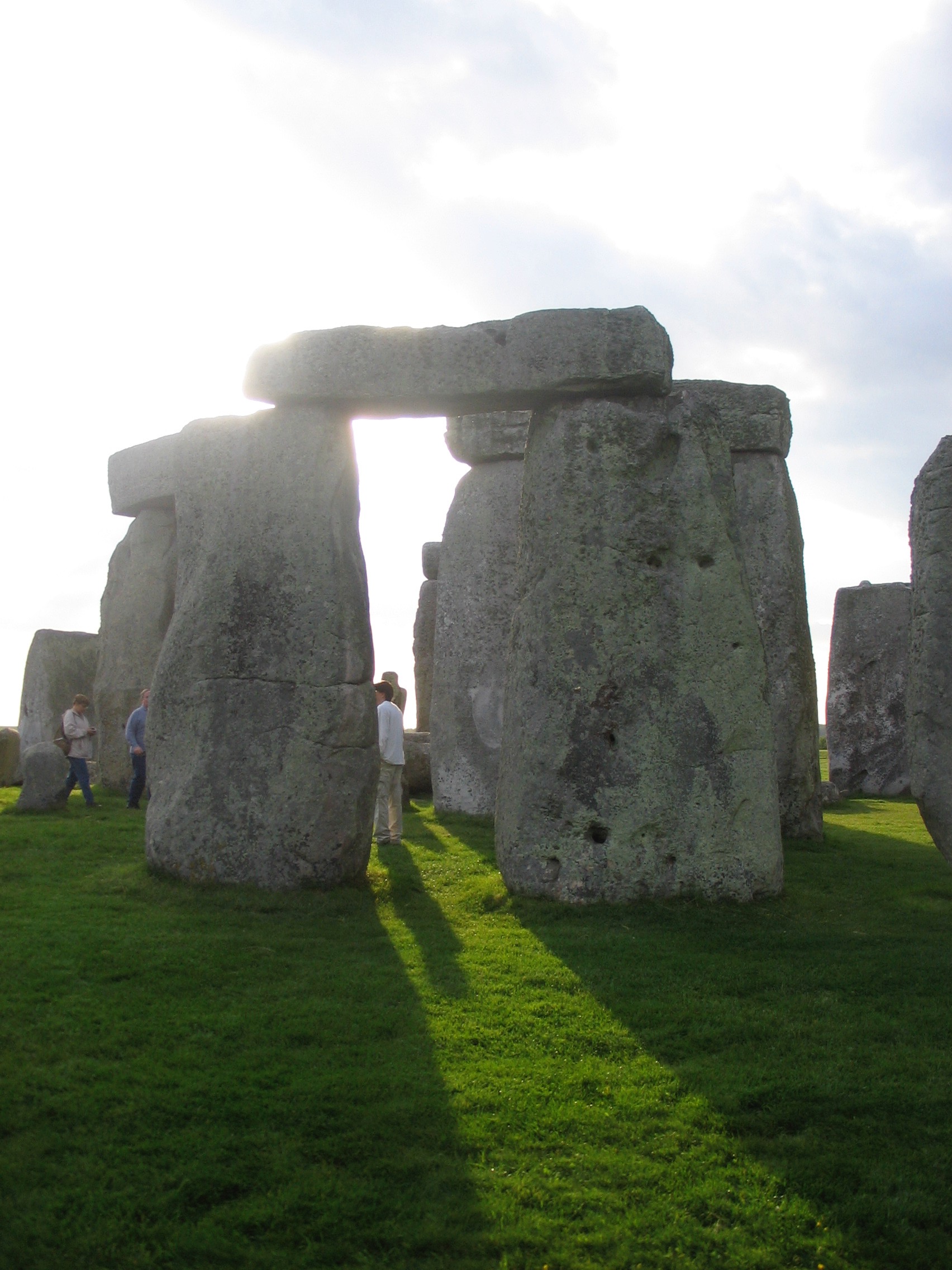
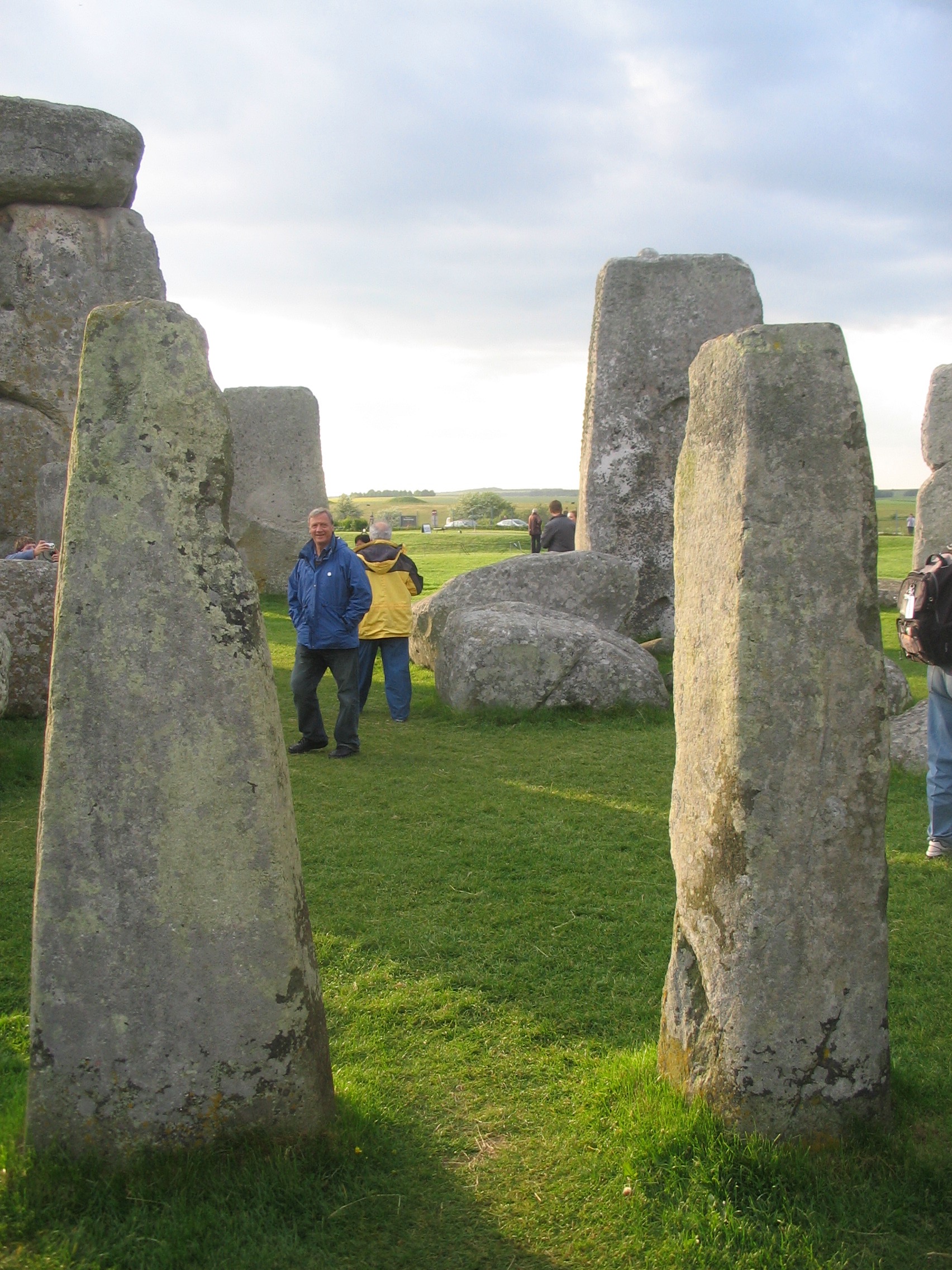 The biggest of Stonehenge’s stones are known as Sarsens. They are up to nine metres (30 feet) tall and weigh around 23 tonnes on average. It has been suggested they came from a site on Marlborough Downs which is just over 30 kilometres north of Stonehenge.
The biggest of Stonehenge’s stones are known as Sarsens. They are up to nine metres (30 feet) tall and weigh around 23 tonnes on average. It has been suggested they came from a site on Marlborough Downs which is just over 30 kilometres north of Stonehenge.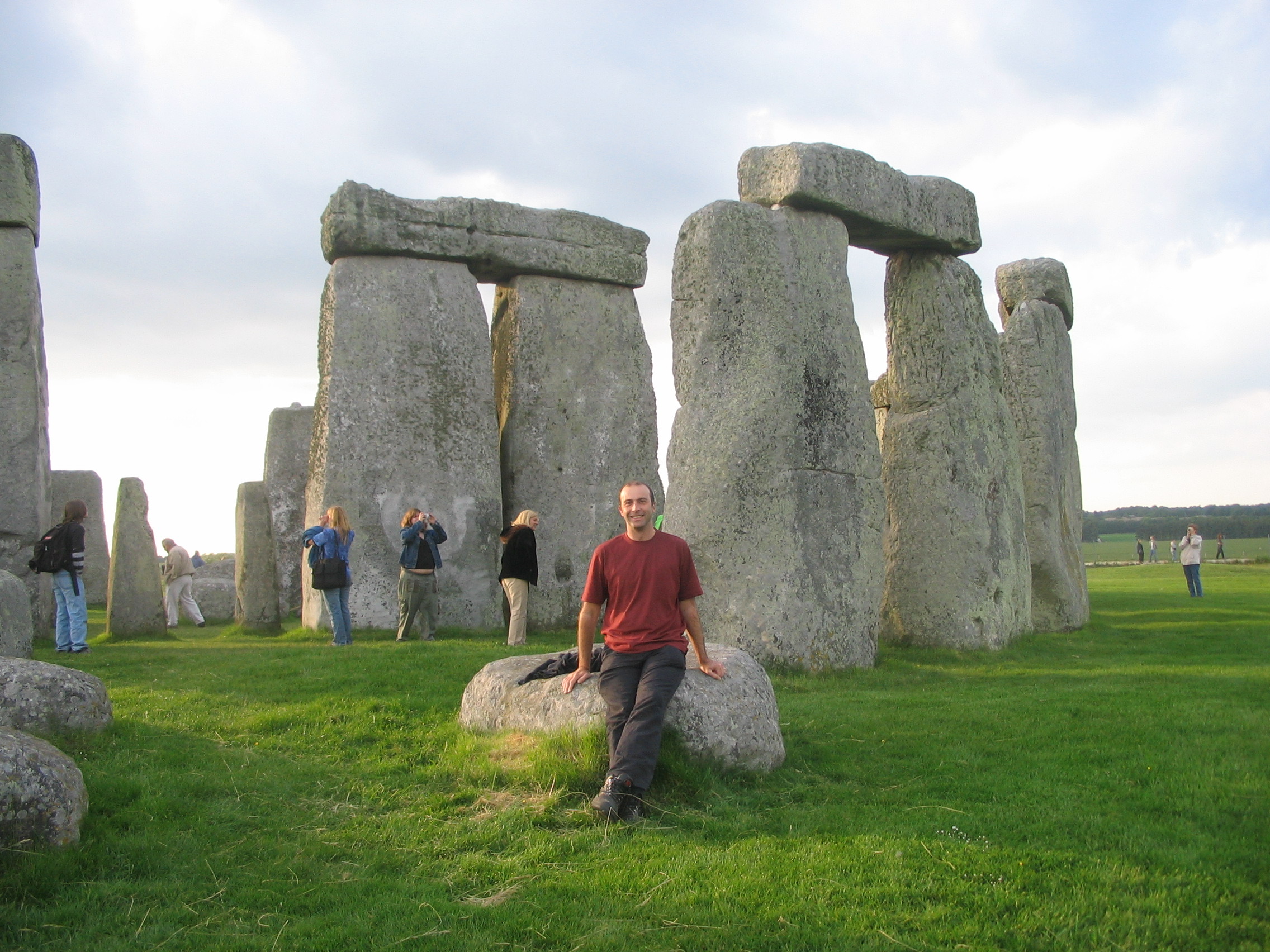
The Smaller stones are as “Bluestones” because of their colouring when wet. They weigh a mere four tonnes and come from Wales! How they travelled those 225 kilometres (125 miles) is a matter of conjecture.
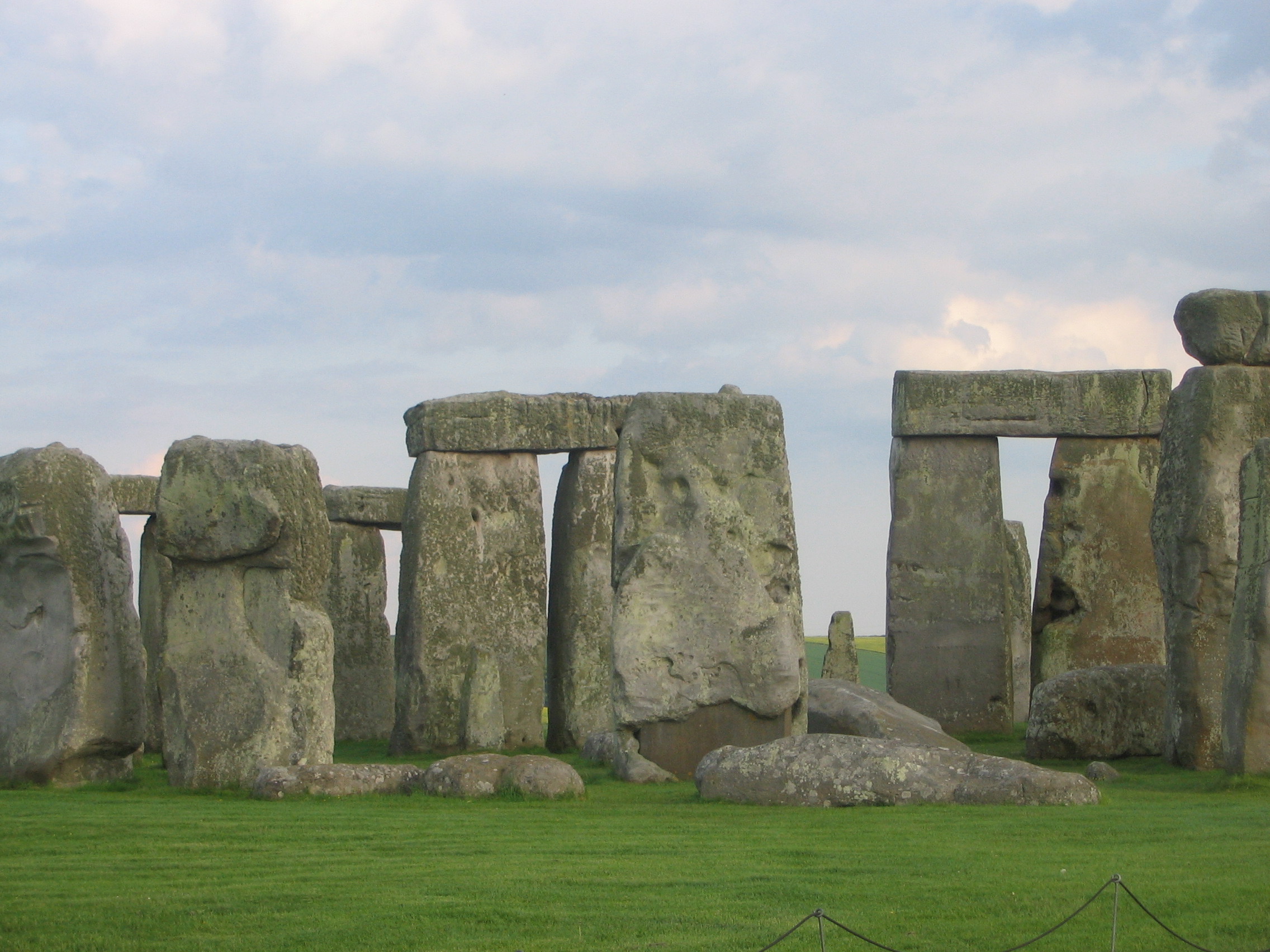
Climate and Weather
Winter is cold and wet with the maximum temperature sitting around 4 degrees Celsius. There are 12 days out of the month of December and 12 in January, on average, when it rains. July is the hottest at 21.7 degrees and an average of seven days of rain. Always have coats for a visit here.
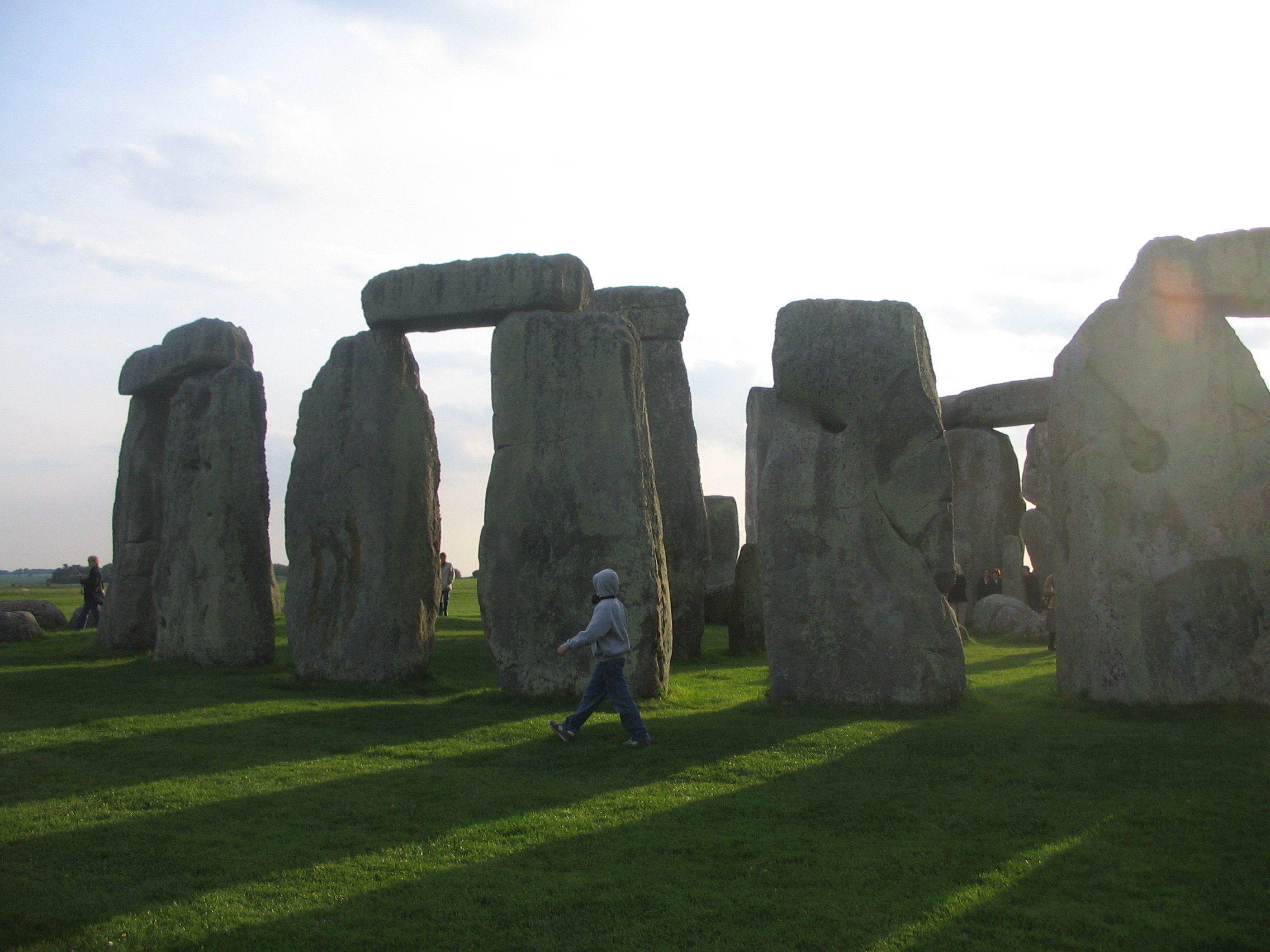


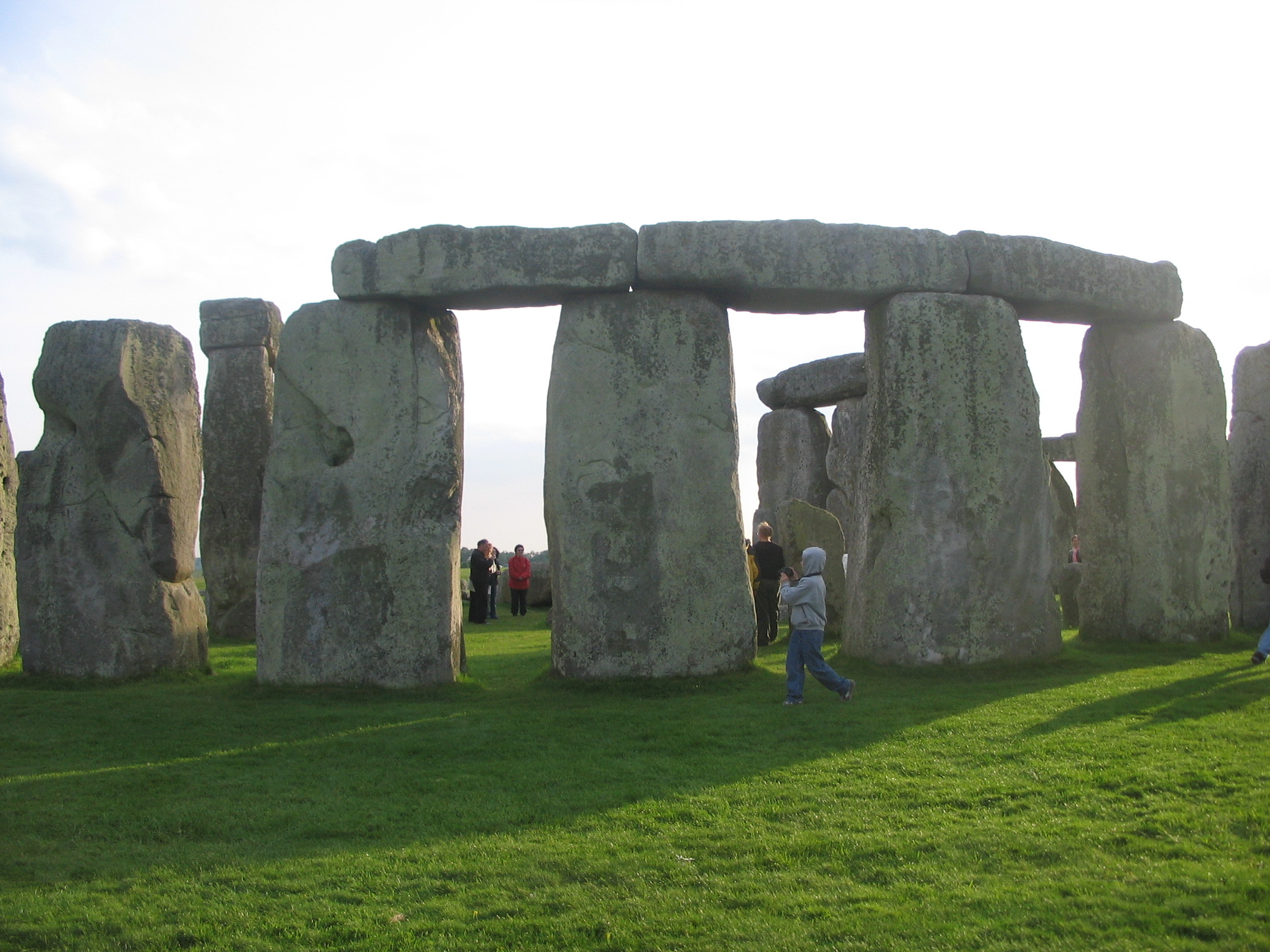
Another option is to take the tour. The stone are not really worth visiting since you can’t touch them stone unless you book it in advance. They are too far too even really enjoy it.